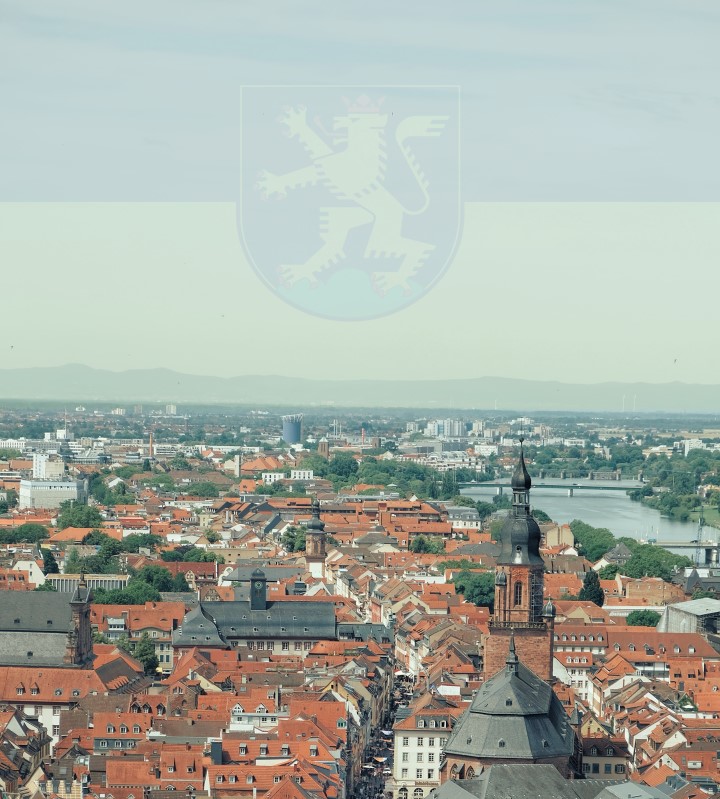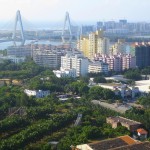Heidelberg, Germany has made significant progress in shifting towards renewable energy sources in recent years. The city is committed to reducing its carbon footprint and has set an ambitious goal to become climate-neutral by 2050. Here are some renewable energy sources used in Heidelberg:
- Solar Energy: Heidelberg is an ideal location for solar energy due to its sunny weather. The city has implemented several initiatives to promote the use of solar energy, including installing solar panels on public buildings and offering subsidies for residential solar panel installations.
- Geothermal Energy: Heidelberg has a geothermal heating plant that provides heat for the city’s public buildings, hospitals, and residential buildings. The plant extracts heat from deep underground and distributes it through a network of pipes.
- Biomass Energy: Biomass energy is generated from organic materials such as wood chips, straw, and agricultural waste. Heidelberg has several biomass plants that generate electricity and heat.
- Hydro Energy: The Neckar River runs through Heidelberg, and the city has several hydroelectric power plants that generate electricity from the river’s flow.
- Wind Energy: Heidelberg is not a particularly windy location, so there are no large-scale wind farms in the area. However, the city has installed several small wind turbines on public buildings and other locations to generate electricity.
Overall, Heidelberg has made impressive strides in promoting and implementing renewable energy sources to reduce its carbon footprint and become climate-neutral by 2050.
Heidelberg, Germany is just one of the European cities that is looking into the future by investing in the present. The small city made the big decision in 2000 to offer its residents the opportunity to procure electricity from renewable energy sources (RES). Learn more about living and working in Germany, and Heidelberg with TESOL Certification.



